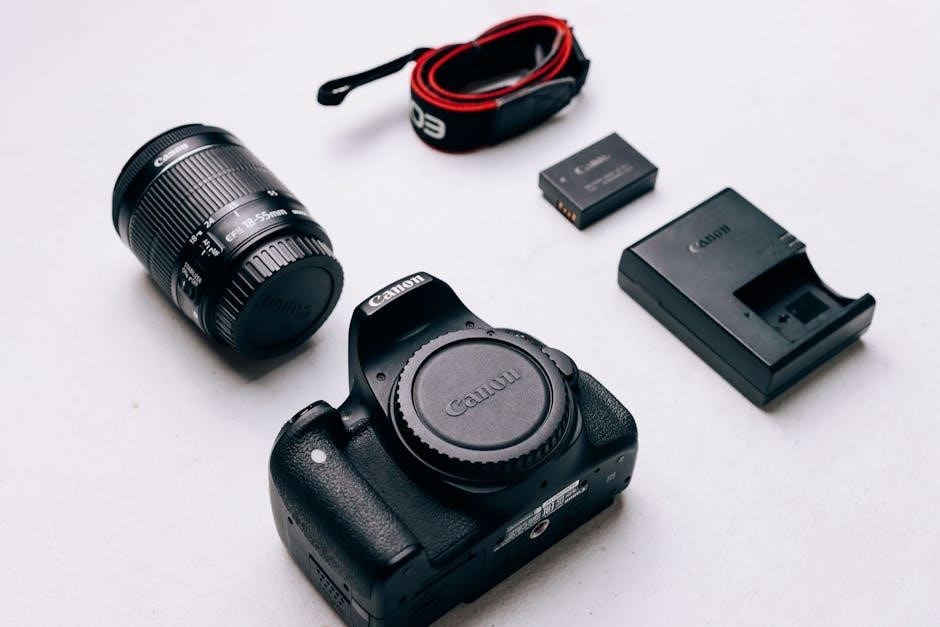The Die Hard Battery Charger is a reliable tool designed to safely charge and maintain vehicle batteries. It offers versatile charging options for cars, trucks, and marine vehicles. This manual provides essential guidelines for operating the charger effectively, ensuring safety and optimal performance. By following the instructions, users can maximize battery life and prevent potential hazards.
Overview of the Die Hard Battery Charger
The Die Hard Battery Charger is a versatile and reliable device designed for charging, maintaining, and jump-starting 12V batteries in cars, trucks, and marine vehicles. It combines advanced technology with user-friendly features to ensure safe and efficient charging. The charger is built to handle various battery types and offers multiple charging modes to suit different needs. Its compact design and robust construction make it suitable for both professional and home use, providing a dependable solution for battery maintenance and emergency starts.
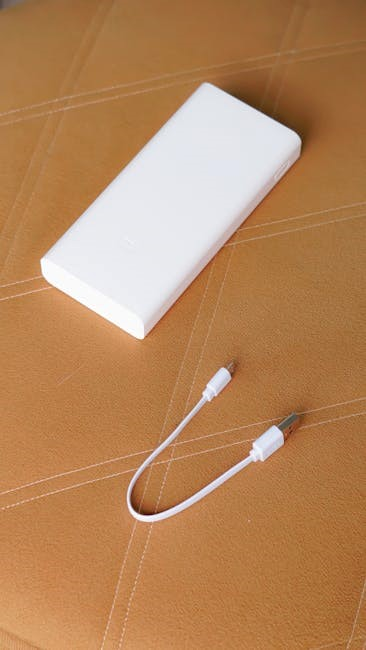
Safety Rules and Precautions
Always read the manual and cautionary markings before use. Use only specified batteries and chargers to avoid fire or explosion risks. Ensure the work area is clean, well-lit, and free from flammable materials to prevent accidents.
General Safety Guidelines
Read the manual and all cautionary markings carefully before use. Ensure the charger is used only with specified batteries to prevent damage or hazards. Keep the work area clean, well-lit, and away from flammable materials. Avoid operating in explosive atmospheres and ensure proper ventilation. Store the charger and batteries in a cool, dry place, out of reach of children. Always follow the manufacturer’s instructions to minimize risks of fire, explosion, or overheating. Regularly inspect cables and connections for damage.
Cautionary Markings on the Charger and Battery
Always read and follow the cautionary markings on the charger and battery. These markings indicate critical safety information to prevent accidents. Symbols may warn of explosion risks or improper charging procedures. Ignoring these warnings can lead to fire, damage, or personal injury. Ensure all labels are legible and adhered to for safe operation. Properly understanding these markings is essential for maintaining safety and ensuring the longevity of both the charger and battery.
Work Area Safety Tips
Ensure your work area is clean, well-lit, and free from clutter to minimize accident risks. Avoid operating the charger in explosive or flammable environments. Keep the area well-ventilated to prevent gas buildup. Wear protective gear like gloves and goggles when handling batteries. Never smoke or expose open flames near the battery. Maintain a safe distance from children and pets. Properly organize tools and cables to avoid tripping hazards. A tidy and controlled workspace ensures safer charging and reduces potential dangers.
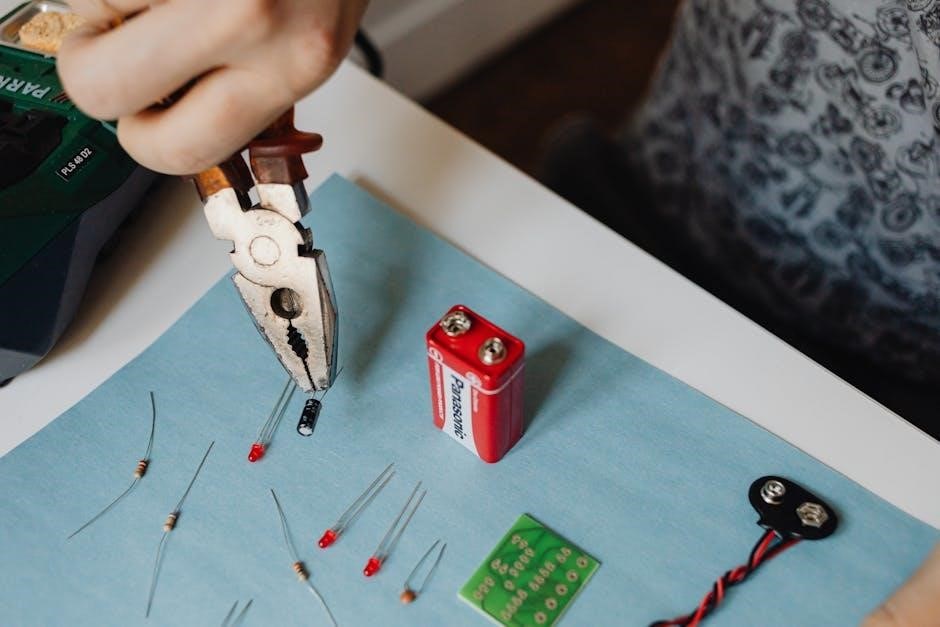
Features and Specifications
Die Hard Battery Chargers offer advanced 12V charging, overcharge protection, and multi-stage charging for optimal battery health. Designed for cars, trucks, and marine vehicles, they provide reliable performance and safety.
Key Features of the Die Hard Battery Charger
The Die Hard Battery Charger boasts advanced features like 12V charging capability, overcharge protection, and multi-stage charging for optimal battery health. It includes automatic shut-off to prevent overcharging and is compatible with a variety of vehicles, including cars, trucks, and marine applications. The charger also features a compact design for easy portability and a user-friendly interface for straightforward operation. Safety enhancements like spark-proof technology and reverse polarity protection ensure safe charging experiences. Additionally, it supports both maintenance and deep-cycle batteries, making it versatile for different needs.
Technical Specifications
The Die Hard Battery Charger operates at 12V with an input voltage of 120V AC and an output current of 10/2 amps. It supports multi-stage charging, including bulk, absorption, and float modes, ensuring optimal battery maintenance. The charger is compatible with standard, deep-cycle, and marine batteries. It weighs approximately 5 pounds and measures 6.5 x 4 x 8.5 inches, making it portable. The unit includes overheat protection, automatic shut-off, and spark-proof technology for enhanced safety.

Operating the Die Hard Battery Charger
Operate the charger safely by following manual guidelines. Select the correct mode for charging or starting. Monitor battery voltage and ensure proper connections to avoid sparks or overcharging.
Step-by-Step Charging Process
Ensure the charger is unplugged and the vehicle is turned off. Connect the positive (red) cable to the battery terminal, then the negative (black) cable to a metal ground. Select the appropriate charging mode based on the battery type. Plug in the charger and turn it on. Monitor the charging progress and ensure the battery voltage stabilizes. Avoid overcharging by checking the charger’s indicators or timers. Once fully charged, disconnect the charger and test the battery by starting the vehicle.
Using the Charger as an Engine Starter
To use the Die Hard Battery Charger as an engine starter, set the charger to the “Start” mode. Connect the positive (red) cable to the battery terminal and the negative (black) cable to a stable metal ground. Ensure the engine is cool and the area is well-ventilated. Press the start button and monitor the process. Once the engine starts, disconnect the cables in the reverse order to avoid sparks. This feature is ideal for emergency starts when the battery is drained but still has minimal charge. Always follow safety guidelines to prevent accidents.
Understanding the Charger’s Modes
The Die Hard Battery Charger features multiple modes to cater to different needs. The Charge Mode is for recharging deeply discharged batteries, while the Maintain Mode keeps batteries at optimal levels during storage. The Start Mode provides a high surge of power for jump-starting engines. Each mode is designed for specific scenarios, ensuring safe and efficient operation. Always select the correct mode based on the battery’s condition and your requirements to avoid damage and ensure proper functionality.
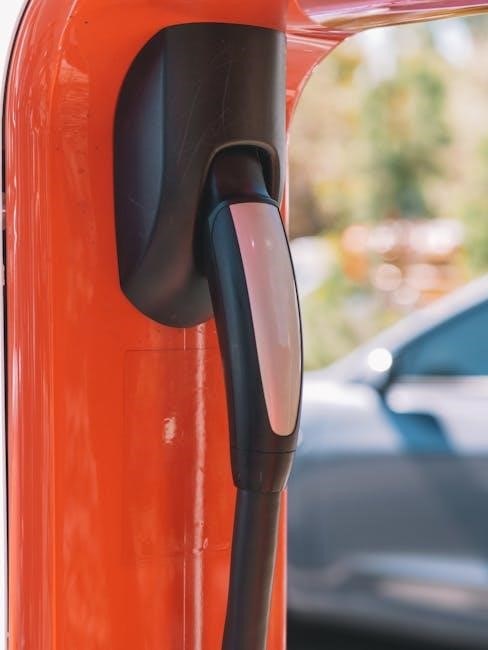
Installation and Setup
Ensure the charger is placed on a stable, flat surface away from flammable materials. Connect the charger to a power source and follow the manual’s setup instructions. Always refer to the guide for proper installation and initial configuration to ensure safe and effective operation.
Physical Installation of the Charger
Place the charger on a stable, flat surface away from flammable materials. Ensure the area is well-ventilated and free from clutter. Connect the charger to a nearby power outlet, avoiding extension cords. The charger should not be stored in damp environments or exposed to extreme temperatures. Keep the work area clean and well-lit to minimize accident risks. Proper installation ensures safe and efficient charging. Always follow the manual’s guidelines for correct placement and setup.
Initial Setup and Configuration
Begin by reading the owner’s manual thoroughly to understand the charger’s functions and safety guidelines. Plug the charger into a wall socket and place the power pack in the designated area. Select the appropriate charge mode based on your battery type. Ensure all connections are secure and the charger is set to the correct voltage. Double-check for any visible damage before use. Proper configuration ensures safe and efficient charging, maximizing battery performance and longevity.
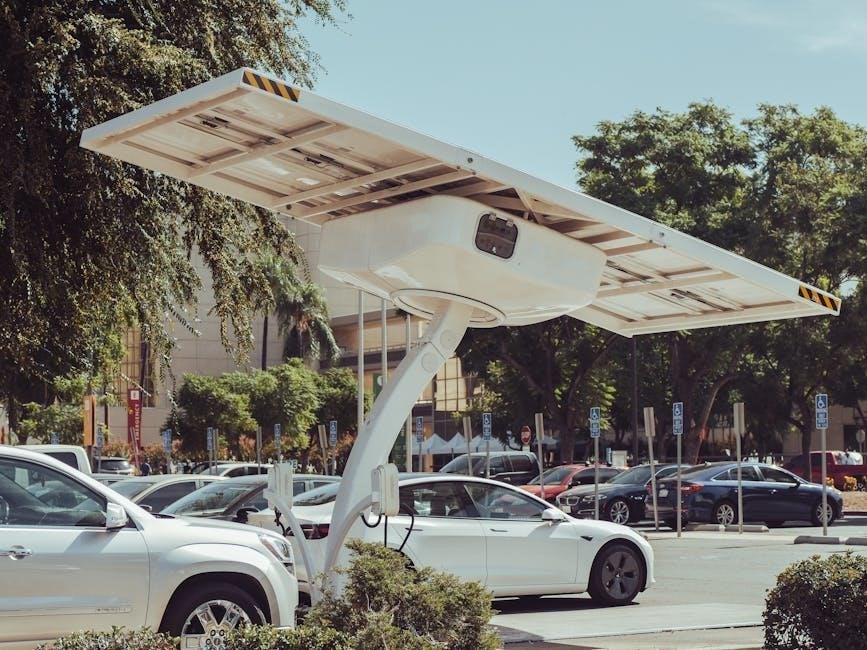
Maintenance and Care
Regularly clean the charger and check for worn or damaged cords. Store the charger in a dry, cool place away from direct sunlight. Follow manufacturer guidelines for proper upkeep to ensure longevity and safety.
Regular Maintenance Tips
Keep the charger clean and dry, avoiding exposure to moisture. Inspect cords for wear or damage regularly. Store in a cool, well-ventilated area away from direct sunlight. Avoid using harsh chemicals for cleaning; a soft cloth and mild detergent suffice. Check the charger’s terminals for corrosion and clean them with a wire brush if necessary. Always refer to the manual for specific maintenance recommendations to ensure optimal performance and longevity of the Die Hard Battery Charger.
Proper Storage of the Charger
Store the Die Hard Battery Charger in a cool, dry, well-ventilated area away from direct sunlight. Avoid basements or areas prone to moisture. Keep the charger out of reach of children and pets. Do not store the charger near flammable materials or in an enclosed space. If storing for an extended period, ensure the charger is fully charged and disconnected from any power source. Follow these guidelines to maintain the charger’s performance and prolong its lifespan. Always refer to the manual for detailed storage instructions.
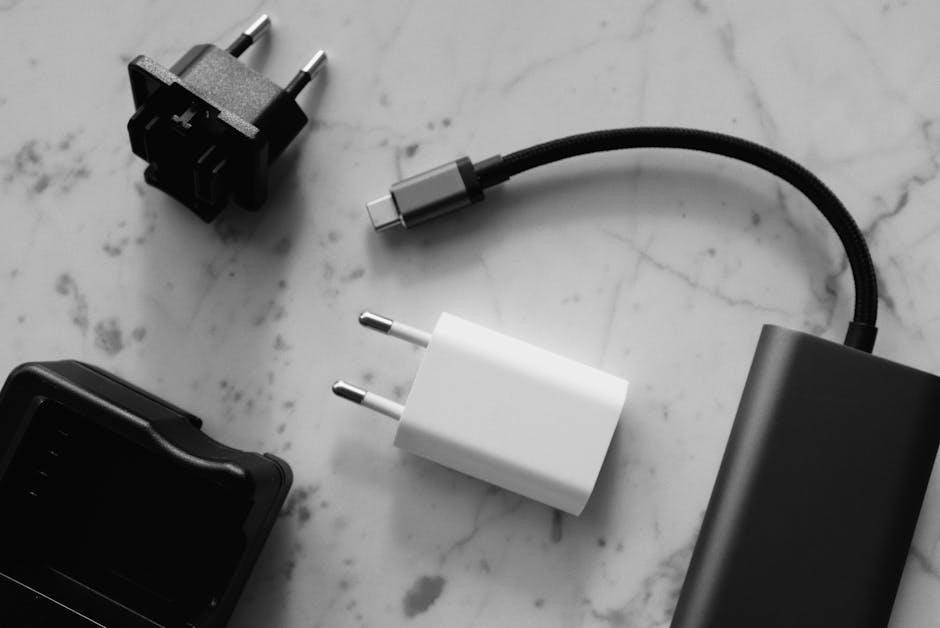
Troubleshooting Common Issues
Identify and resolve charging problems by checking connections, battery condition, and charger settings. Refer to the manual for solutions to common issues like overheating or error lights.
Identifying and Solving Charging Problems
Common issues include slow charging, no charge, or error lights. Check connections for tightness and cleanliness. Ensure the power source is stable. Verify battery condition and compatibility. If problems persist, consult the manual or reset the charger. For unresolved issues, contact customer support. Regular maintenance and proper storage can prevent many charging problems. Always follow safety guidelines when troubleshooting to avoid accidents or further damage. Refer to the troubleshooting section for detailed solutions and diagnostic steps.
Diagnosing Faulty Charger Behavior
If the charger displays error lights or fails to function, check for loose connections or damaged cables. Ensure the power source is stable and the outlet is working. Verify battery compatibility and charging mode selection. If issues persist, reset the charger or consult the manual for specific error code meanings. Avoid using the charger if it overheats or emits unusual sounds. For unresolved problems, contact customer support or visit an authorized service center for professional assistance and repairs.
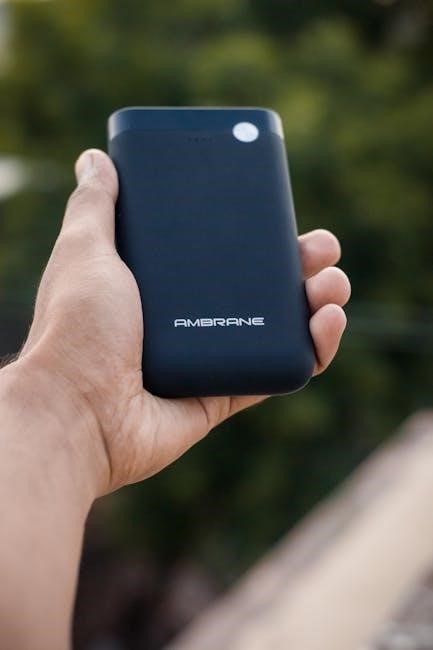
Battery Disposal and Recycling
Always dispose of batteries responsibly. Check local guidelines for recycling options and ensure compliance with environmental regulations. Do not dispose of batteries in regular trash to prevent contamination.
Recycling Options for Old Batteries
Recycling old batteries is crucial for environmental protection. Many auto parts stores and service centers accept used batteries for proper disposal. Check local recycling facilities or community collection events. Some retailers offer drop-off programs, ensuring batteries are processed safely. Always follow local regulations and guidelines for battery recycling. Drained or damaged batteries should be handled with care to prevent leakage. Recycling helps conserve resources and reduces hazardous waste, promoting a sustainable environment.
Warranty and Support
The Die Hard Battery Charger is backed by a comprehensive three-year warranty. For support, contact Die Hard customer service or visit their official website for assistance and inquiries.
Understanding the Die Hard Warranty
The Die Hard Battery Charger comes with a three-year limited warranty, ensuring coverage for defects in materials and workmanship. During this period, defective units are repaired or replaced free of charge. The warranty applies when the product is used according to the instructions provided in the manual. Proper maintenance and adherence to safety guidelines are essential to maintain warranty validity. For full details, refer to the warranty section in the owner’s manual or contact Die Hard customer support.
Contacting Customer Support
For assistance with your Die Hard Battery Charger, contact customer support through the official website or phone. Support agents are available to address inquiries, troubleshooting, and warranty claims. Ensure you have the product model number and a detailed description of your issue ready. This helps expedite the process and provide accurate solutions. Visit the Die Hard website for contact details and additional resources to resolve any concerns effectively.
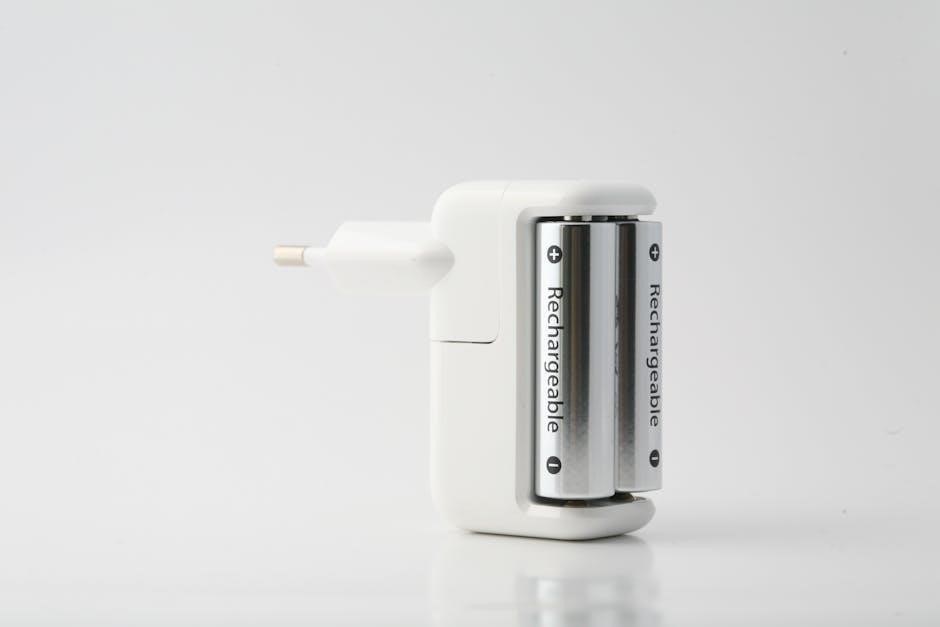
Comparison with Other Chargers
Die Hard chargers stand out for their safety, efficiency, and durability. They often outperform competitors in reliability and consistent charging performance, making them a top choice for vehicle owners.
Die Hard vs. Other Battery Chargers
Die Hard battery chargers excel in safety, efficiency, and durability compared to other brands. They feature advanced overload protection, automatic shut-off, and multiple charging modes. Unlike competitors, Die Hard chargers often include a 3-year warranty and superior customer support. Their robust design and user-friendly interface make them a preferred choice for professionals and DIYers alike. While other chargers may offer similar functions, Die Hard’s reliability and consistent performance set it apart in the market.
Advantages of the Die Hard Charger
The Die Hard Charger offers exceptional versatility with multiple charging modes and a built-in engine starter. Its advanced safety features include overcharge protection and automatic shut-off, ensuring safe operation. Compact and durable, it’s designed for heavy-duty use. The charger supports various battery types, including deep cycle and marine batteries. With a 3-year warranty and comprehensive user manual, it provides peace of mind. These features make it a top choice for both professionals and casual users seeking reliable battery maintenance solutions.
Frequently Asked Questions
Common questions include compatibility with different battery types, charging time estimates, and troubleshooting tips. Users often ask about safety features, warranty details, and proper maintenance practices. These FAQs address typical concerns, ensuring safe and effective use of the Die Hard Battery Charger. Refer to the manual for detailed answers and solutions to common issues.
Common Questions About the Die Hard Charger
Users often inquire about compatibility with different battery types, optimal charging times, and troubleshooting common issues. Questions also arise regarding the charger’s safety features, such as overcharge protection and thermal monitoring. Many ask about the warranty coverage and how to properly store the charger when not in use. Additionally, users seek clarity on error lights and their meanings, as well as how to reset the charger if it malfunctions. These questions highlight the importance of following the manual for safe and effective operation.
Answers to User Queries
For optimal performance, ensure compatibility with your battery type and follow charging time guidelines. The charger features overcharge protection and thermal monitoring for safety. Warranty coverage varies by model, typically ranging from 3 to 5 years. Store the charger in a cool, dry place when not in use. Error lights indicate specific issues, such as faulty connections or overheating. Refer to the manual for troubleshooting steps and reset procedures. Proper maintenance enhances durability and ensures reliable operation.
Proper use and maintenance of the Die Hard Battery Charger ensure optimal performance and longevity. Always follow safety guidelines and store the charger correctly when not in use.
Final Tips for Optimal Use
For the best experience with your Die Hard Battery Charger, always read the manual thoroughly before use. Ensure the charger is stored in a dry, cool place when not in use. Regularly inspect the cables and connectors for damage; Avoid overcharging by monitoring the charging process. Keep the work area clean and well-lit to prevent accidents. Follow all safety precautions, such as wearing protective eyewear, to ensure safe operation. Proper maintenance will extend the life of both the charger and your battery.
Importance of Proper Charger Maintenance
Proper maintenance of your Die Hard Battery Charger is crucial for ensuring its longevity and performance. Regularly inspect the charger’s cables and connectors for wear or damage, and clean them if necessary. Store the charger in a cool, dry place away from direct sunlight. Avoid exposing it to extreme temperatures or moisture, as this can damage internal components. Always follow the manufacturer’s guidelines for maintenance to prevent malfunctions and ensure safe operation. Proper care will extend the charger’s lifespan and reliability.
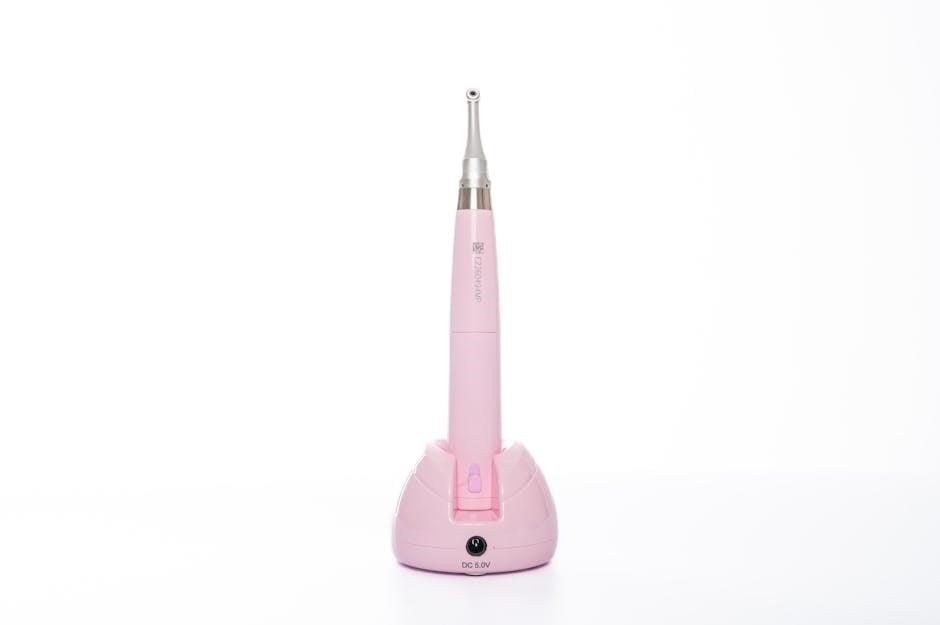
Additional Resources
For further guidance, refer to the DieHard Battery Charger manuals available online, such as the DieHard 200.71224 and 200.71315 models. Visit websites like manualzilla for PDF downloads and troubleshooting guides.
Where to Find More Information
For additional details, visit the official DieHard website or authorized retailers. Manuals like the DieHard 200.71224 and 200.71315 are available online as free PDF downloads. Websites such as manualzilla offer comprehensive guides and troubleshooting tips. These resources provide in-depth instructions for safe and effective use of the charger. You can also find Spanish-language manuals and customer support contact information for further assistance. Ensure to refer to these sources for the most up-to-date information and guidance.
Recommended Reading and Guides
Refer to the DieHard 200.71224 and 200.71315 manuals for detailed instructions. These guides, available as free PDF downloads, cover safety, operation, and maintenance. Additional resources like troubleshooting sections and Spanish-language manuals are also accessible. Visit websites such as manualzilla for comprehensive guides and user manuals. These materials ensure safe and effective use of the Die Hard Battery Charger, providing valuable insights for both beginners and experienced users.
